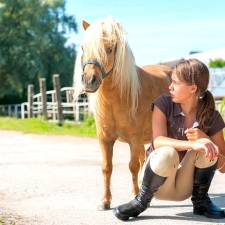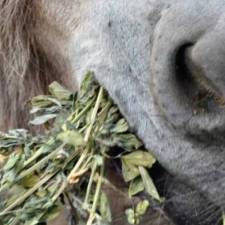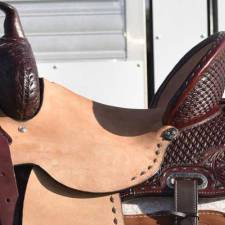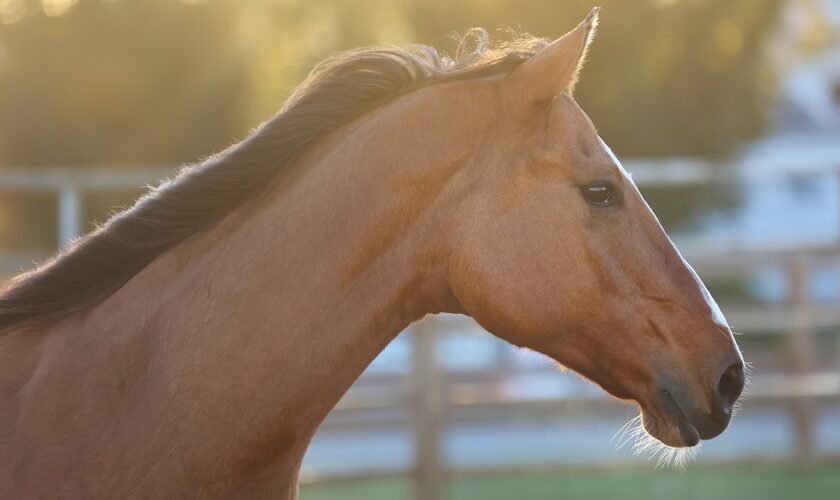
by Kristin Pitzer
When it comes to diseases in horses, pigeon fever is one that should win an award for most misleading name — it has no relation to pigeons, and fever isn’t usually associated with it. The disease is named for the abscesses that commonly form in the pectoral region of a sick horse, resembling a pigeon’s breast. But though its name is deceptive, pigeon fever is a common disease that affects many horses, especially those living in dry, arid parts of the country.
While not usually fatal, certain forms of pigeon fever can lead to complications and even death if left untreated. Quarter Horse News spoke with Dr. Jen Voellinger of Precision Equine in Springtown, Texas, to get more information on the cause, symptoms, treatment and prevention of this disease.
It May Be in Your Pasture
Pigeon fever is caused by the bacterium Corynebacterium pseudotuberculosis. It is common in places like California, Arizona, New Mexico and Texas, although new research suggests it may be present in most parts of the U.S., Southern Canada and Northern Mexico. The bacterium lives in the soil and is typically introduced to horses through breaks in the skin, often by flies dragging the bacteria into the wound.
Though not considered contagious between horses, flies may also spread the bacterium from a sick horse to healthy horses when they land in open wounds or bite. For this reason, affected horses should be separated from healthy horses if pigeon fever is suspected. This also prevents other horses from getting into the sick horse’s bodily fluids as the abscesses drain.
“If you’ve got a horse that’s draining lesions, I try to isolate that horse just because if flies land on those areas that are draining, they can spread it to different horses,” Voellinger said. “I also wouldn’t let a horse just nose a bunch of drainage. I try to pick up any pus and get rid of it the best I can to keep the flies off of it.”
Pigeon Fever Strikes Three Different Ways
The disease presents in three forms — external abscesses, internal abscesses and ulcerative lymphangitis — with external abscesses being the most common.
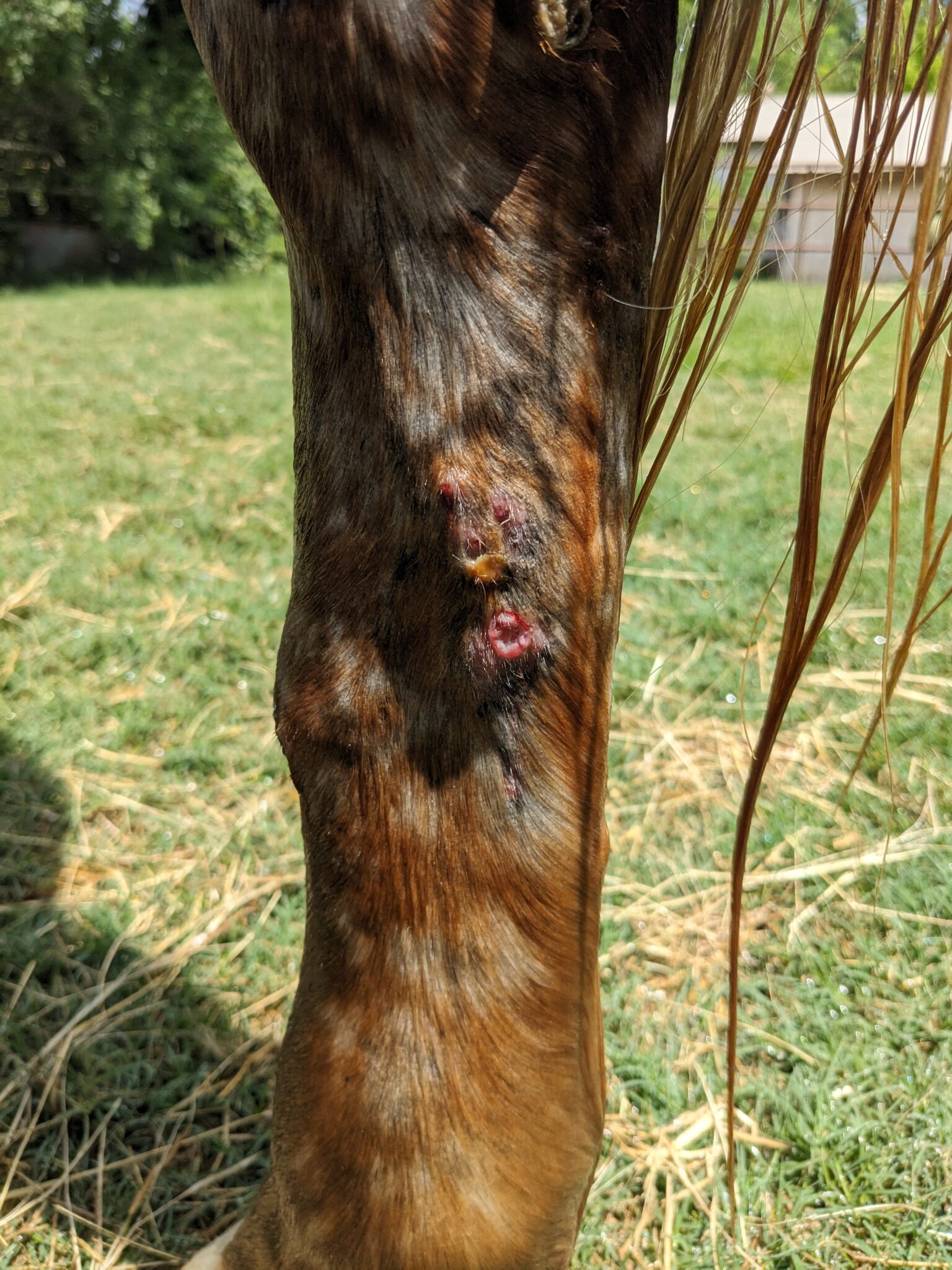
“The external abscesses are usually big abscesses, like the big breast abscesses they can get,” Voellinger said. “The internal abscesses can be anywhere — the lungs, spleen and liver are the most common ones. In the ulcerative lymphangitis form, it basically gets into the lymphatic system and will look like edema up and down the legs along with tiny, pea-sized abscesses and sores, commonly on the legs. I’ve seen them come up in other parts of the body, too. The lymphatic system goes everywhere, so they could be anywhere it goes.”
Most horses present with one form, but some, especially those that are immunocompromised, may be affected by all three. How your veterinarian treats it will depend on which form(s) your horse has.
Treatment Hinges on a Proper Diagnosis
Large abscesses, particularly in the chest, abdomen and limbs, are the obvious symptom of pigeon fever, but if your horse is lethargic, eating less, has developed an odd lameness or has swollen legs, your veterinarian may suggest an antibody test. For draining lesions, he or she can do a culture to look for the bacterium.
Veterinarians will typically let external abscesses develop and drain on their own. Most of these horses won’t even need antibiotics if they continue to improve and heal. Voellinger may put horses with the ulcerative lymphangitis form on antibiotics if they have leg swelling, edema and cellulitis. For those with internal abscesses, antibiotics are a must.
“You absolutely have to do antibiotics and probably for two to three months-plus on that, depending on the severity,” Voellinger said. “A lot of times you have to add Rifampin into that to help drive the antibiotic into the actual abscess. The good news is the bacteria is susceptible to most antibiotics, so it is pretty easy to kill if you can actually get the drug there. But it’s just hard to treat abscesses because they create a fibrous capsule around them, and it protects that bacteria from blood penetration, which is what you need to get your antibiotics there.”
Compromised Horses May Develop Complications
Horses with straightforward external abscesses may take some time to heal, but their prognosis is typically good. Those with internal abscesses, depending on how severe they are, generally have a good to guarded prognosis.
Horses that are immunocompromised for some reason, whether it’s because they’re older, have Cushing’s disease or have other metabolic diseases or autoimmune conditions, may struggle more to overcome the disease because their bodies don’t have the cellular capacity to fight off infection.
“All demographics are going to get exposed, but those horses are definitely going to be more susceptible,” Voellinger said. “Other populations seem to fight it off better and may not get clinical signs. Older horses that are more immunocompromised are going to be the ones that get the clinical signs more frequently or have worse cases.
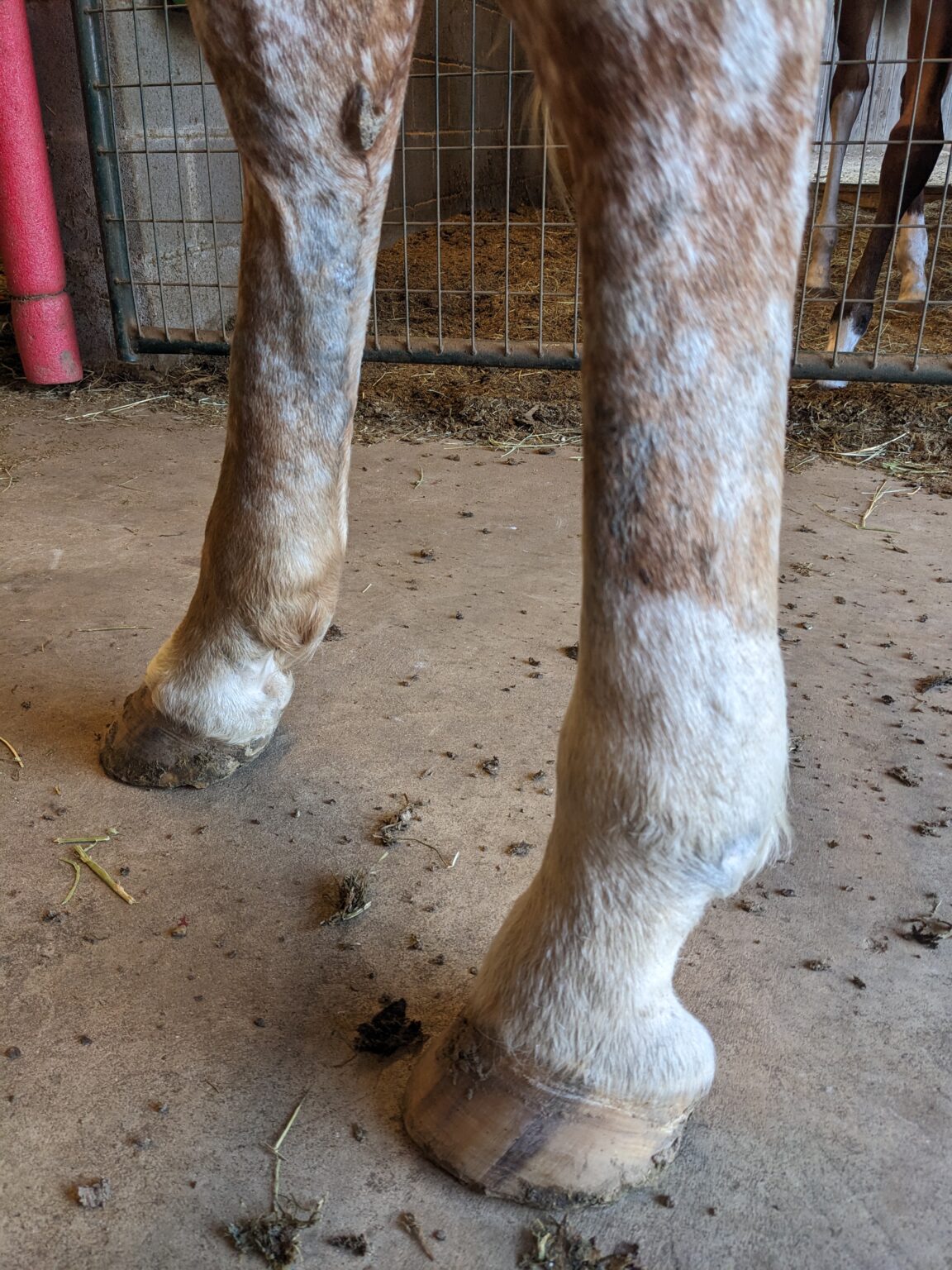
“It’s the same as why older people are more susceptible to flu and things like that,” Voellinger added. “Their body isn’t as robust and healthy to fight off infections. With Cushing’s, it messes up all the body systems and decreases immunity. They’re more prone to infections of all kinds.”
Reducing Flies Can Help Prevent the Spread
Because the bacteria lives in the soil, pigeon fever can be difficult to prevent. Many horses have likely already been exposed to it at some point in their lives, Voellinger said. Whether horses develop clinical symptoms or fight off the infection depends on each individual horse’s overall health and situation.
The best thing you can do to protect your horse is practice good fly control, she added. Reducing the fly load on your property gives flies less opportunities to introduce the bacterium to your horses.
“Fly sheets, fly sprays, IGR [insect growth regulator] feed-through fly treatments, fly systems in barns, fly predators — anything like that is really your best offense,” Voellinger said.










